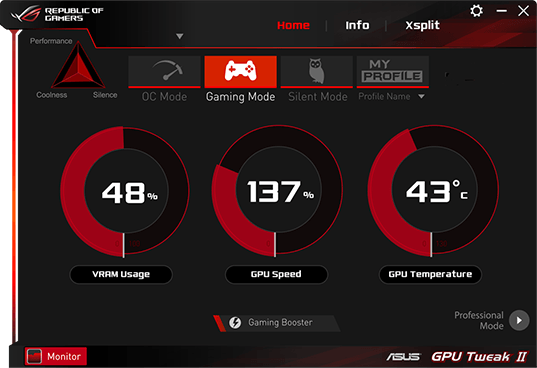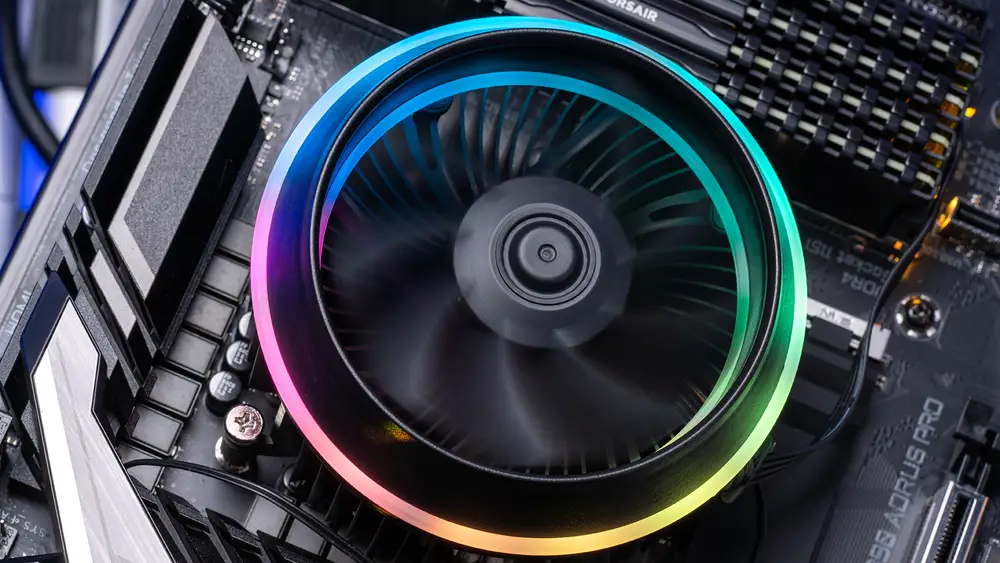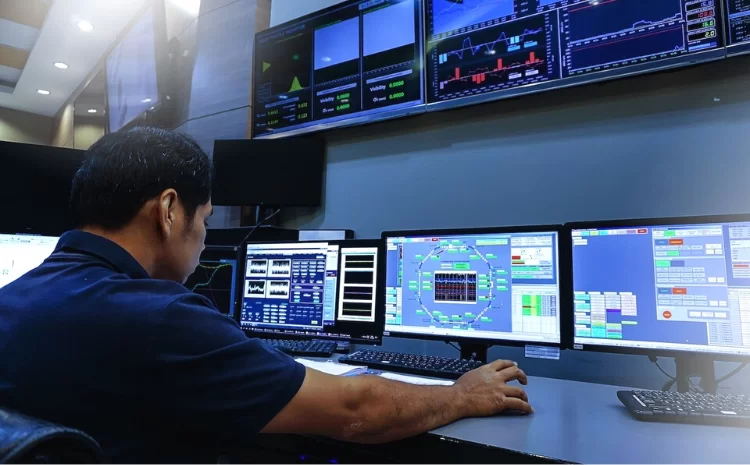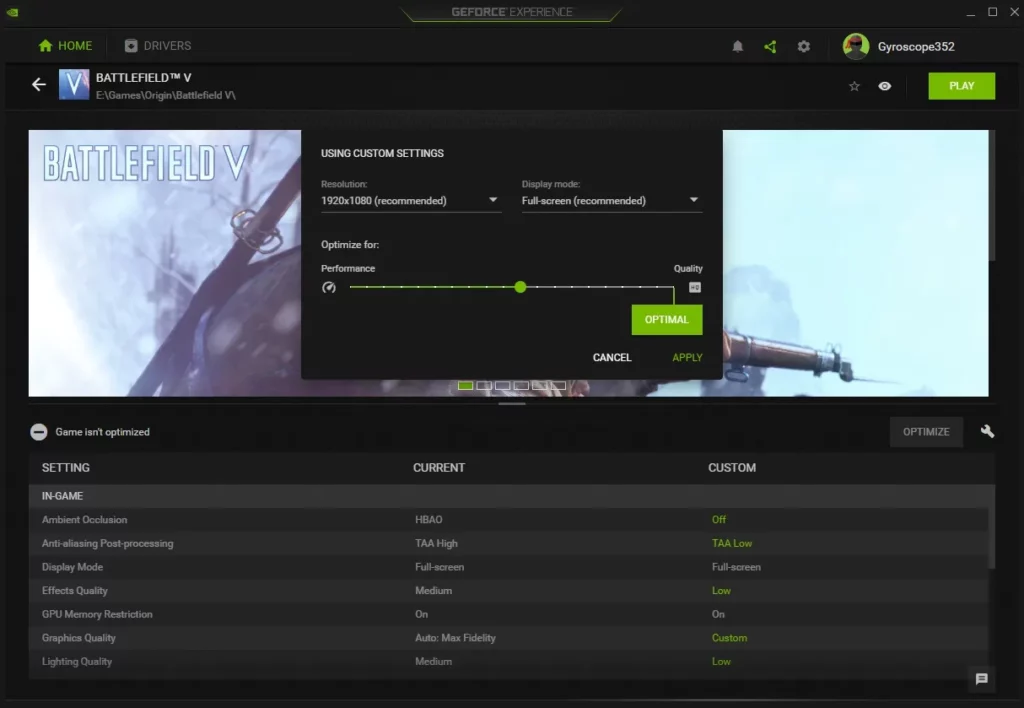Gpu Junction Temperature 6700 Xt – A Comprehensive Guide
Are you prepared to elevate your gaming experience? If so, the GPU Junction Temperature 6700 XT is a topic you want to take advantage of.
The GPU junction has a maximum operating temperature of 110°C, and if it reaches this point, it will automatically slow down to cool down. During light tasks, it usually stays between 40 to 50 degrees Celsius.
Get ready to learn how this cutting-edge technology keeps your graphics card cool and unlocks its full potential for an unparalleled gaming experience.
Understanding The Safe Operating Range:

This metric refers to the safe operating temperature for a GPU, specifically the AMD Radeon 6700 XT, which has a maximum threshold of 110°C. If the temperature exceeds this limit, automatic throttling occurs to cool down and prevent overheating.
It’s crucial to monitor your GPU’s temperature during tasks like gaming to optimize performance and lifespan. Running at or near the maximum threshold consistently can decrease performance and potential damage over time.
Factors Affecting The Gpu Junction Temperature 6700 Xt:
A variety of factors influences the GPU Junction Temperature in the Radeon RX 6700 XT, each playing a crucial role in determining the thermal performance of the graphics card:
1. Workload Intensity:
The temperature of the 6700 XT GPU depends on how hard it’s working. When doing things like playing demanding games or rendering high-quality graphics, the GPU works more and gets hotter. This increased workload raises the core frequencies and, as a result, the junction temperature.
2. Ambient Temperature:
If the ambient temperature is higher, it becomes more complicated for the cooling system to efficiently dissipate heat, which can result in elevated Junction Temperatures. In essence, a warmer environment makes cooling less effective and can lead to increased GPU temperatures.
3. Cooling System Effectiveness:
The effectiveness of the cooling system, which includes components like fans, heat sinks, and thermal solutions, is crucial for controlling Junction Temperature. A well-designed and properly maintained cooling system enhances overall thermal performance.
4. Case Airflow:
Good airflow in a PC case is crucial for the GPU, like the 6700 XT, to effectively dissipate heat. Proper case ventilation, strategic fan placement, and minimizing obstructions are vital to maintaining lower temperatures.
Inadequate airflow can lead to hot air buildup around the graphics card, potentially causing higher temperatures and performance issues.
5. Overclocking:

Overclocking the GPU involves pushing it beyond its stock settings to achieve higher performance. While this can lead to increased Junction Temperatures, careful overclocking with adequate cooling can balance performance gains and thermal constraints.
6. Dust Accumulation:
Dust buildup on the GPU and its cooling components can impede heat dissipation, leading to elevated temperatures. Regular cleaning is essential to prevent dust-related thermal issues.
7. In-Game Settings:
Changing in-game settings, like graphics quality and resolution, directly influences the GPU’s workload and affects Junction Temperature. Decreasing settings can alleviate thermal stress on the GPU.
8. Thermal Paste Quality:
The efficiency of heat transfer in a GPU depends on the quality and application of thermal paste between the GPU die and the heatsink. Using high-quality thermal paste improves conductivity and enhances heat dissipation.
9. System Ventilation:
The overall ventilation of the entire system, including the arrangement of intake and exhaust fans, plays a vital role in efficient heat dissipation and has an impact on Junction Temperature.
10. Driver Optimization:
Maintaining up-to-date GPU drivers is essential for optimizing performance and thermal management. This ensures that the graphics card operates efficiently and benefits from the latest performance enhancements.
Monitoring And Managing Gpu Junction Temperature 6700 Xt:
1. Utilize Monitoring Software:

- Choose reliable GPU monitoring software like MSI Afterburner, GPU-Z, or AMD Radeon Software.
- Access real-time temperature readings to keep track of Junction Temperature.
2. Understand Normal Operating Range:
- Learn the normal operating range below the Maximum Operating Temperature (e.g., 110°C).
- Recognize the normal range to identify potential issues quickly.
3. Enable Temperature Overlays:
- Some software allows overlaying temperature information on the screen.
- Gain immediate visibility into temperature changes without switching apps.
4. Monitor Multiple Temperature Sensors:
- Leverage multiple embedded sensors in Radeon RX 6700 XT.
- Track various sensor readings for a comprehensive view of the thermal landscape.
5. Optimize Cooling Solutions:
- Keep components clean, ensure proper airflow, and consider aftermarket cooling.
- A well-cooled system is crucial for effective Junction Temperature management.
6. Adjust Fan Curves:
- Customize fan curves to control fan speed based on temperature.
- Strike a balance between effective cooling and noise levels.
7. Regularly Clean Your PC:
- Dust accumulation compromises cooling efficiency.
- Regularly clean GPU fans and heatsinks for optimal heat dissipation.
8. Implement Case Airflow Optimization:
- Ensure proper case airflow for efficient heat dissipation.
- Strategically position intake and exhaust fans for a positive airflow pattern.
9. Consider Undervolting:
- Lower GPU voltage to reduce power consumption and heat.
- An effective strategy for managing Junction Temperature while maintaining performance.
10. Adjust In-Game Settings:

- Fine-tune settings to balance performance and temperature.
- Lower graphics settings resolution or use frame rate limiters to reduce GPU workload.
11. Stay Informed And Act Proactively:
- Regularly check for driver updates, manufacturer recommendations, and community feedback.
- Stay informed about optimizations and solutions to common thermal issues.
- Act proactively to address emerging concerns before escalation.
Exploring the Low Temperature Range (40-50°C):
1. Optimal Operating Conditions
During lighter tasks or when idle, the GPU junction temperature usually stays between 40 and 50 degrees Celsius. This range is ideal for smooth and efficient graphics card operation, even without active cooling.
2. Boost Clocks And Efficiency
Reduced temperatures create an advantageous environment for the Radeon RX 6700 XT to function at its peak efficiency. This facilitates the effective maintenance of boost clocks, ultimately improving overall performance, especially during less demanding tasks.
3. Balancing Act
While lower temperatures are beneficial for efficiency, striking a balance is crucial. Extremely low temperatures can introduce challenges, such as the risk of condensation. This highlights the importance of having a well-regulated cooling system in place.
Conclusion:
In conclusion, understanding the safe operating range of the GPU junction temperature for the 6700 XT is crucial for maintaining optimal performance and longevity of the graphics card.
Factors such as cooling solutions, ambient temperature, and workload intensity can all affect the GPU junction temperature.
By monitoring and managing this temperature, users can ensure their system remains stable and reliable during heavy gaming or other resource-intensive tasks.
Exploring different cooling options, such as aftermarket coolers or liquid cooling systems, may be necessary for those who push their GPUs to their limits.
Frequently Asked Questions:
1. Are There Multiple Temperature Sensors In The Radeon Rx 6700 Xt, And Why Are They Important?
Yes, the Radeon RX 6700 XT has several temperature sensors throughout the card, measuring various hot spots. These sensors provide a comprehensive overview of the GPU’s thermal landscape, enabling users to monitor and address specific areas requiring attention.
2. How Does The Automatic Throttling Mechanism Work?
When the Hot Spot hits 110°C, the GPU automatically reduces clock speeds and performance to bring temperatures back to or below the safe threshold.
3. Is Undervolting Recommended For Temperature Management?
Undervolting, or lowering GPU voltage, can help manage Junction Temperature, but it should be done cautiously to avoid stability issues.
4. Where Can I Stay Informed About Optimizing Junction Temperature For The Rx 6700 Xt?
Keep an eye on official forums, community websites, and GPU-related news sources for updates, driver recommendations, and community insights.